|
Most people seeking physical therapy intervention need to build motor control, muscular strength, or muscular endurance to alleviate their pain and help them do the things they want to do. Most likely, they need to build some combination of the three. It is important, however, to build motor control before increasing exercise intensity so that the muscles are trained correctly. Motor control is the ability to recruit the right muscles at the right time to carry out a specific movement. Good motor control is sometimes referred to as "muscle memory." For example, playing a song on guitar requires motor control to play the right chords and coordinate the fret hand with the strumming hand. As practice continues, the player learns to move the fingers without moving the whole arm so the movement becomes faster and more efficient. Eventually, if practice continues, the player will be able to play chords even without looking at their fingers. That's motor control, baby! Practice it enough times and the body knows what to do. The brain-to-muscle interaction can be imagined like this: The first time through a new movement many muscles are recruited even when they aren't needed. As the body learns what is expected, it becomes more efficient at recruiting only the necessary muscles to move, making the movement faster and more energy efficient. Now take someone with a forward head position and chronic neck pain exacerbated with picking up objects from the floor (groceries, their wiggly pug, their 20 lb. grandchild). This movement also requires motor control. The right muscles must be recruited at the right time to stabilize the neck on top of the shoulders and make the movement happen! When picking up that heavy object/precious child, the neck needs to be stabilized FIRST and then the big, powerful glutes and quads can do the lifting instead of the smaller back muscles and instead of adding torque to the neck. Neck stabilization can be practiced over and over doing really simple exercises, even while lying down, to build motor control to the neck stabilizers before any actual weight needs to be added to the training. Motor control is practiced in many different ways, but the key is simple, consistent practice until the movement comes naturally. Once the motor pattern is established, the movements can become more complex and resistance added to increase strength.
Consistency is key when it comes to control. Short, frequent practice sessions are important; practice 5 min/day 5 days/week is better than one 25 minute practice session per week. That's because the body learns a little during each session and there should be carry-over from day-to-day; the exercise becomes easier to execute and requires less concentration. Less thought is required as the "muscle memory" develops and strengthens. Motor control is the base on which strength and endurance are built for safe and effective body movement.
0 Comments
Tips for reducing back pain when working from home: Work station ergonomics You may have had an ergonomic assessment on your desk at work, but maybe haven't had such focus on you work station at home. Check out the picture below for areas to adjust. When sitting you back should be fully supported by your chair (that includes your upper pelvis) and your feet fully supported on the floor. Knees should be at hip level or just below. Arm rests are important for taking stress off your neck and upper shoulders so you don’t end up shrugging for 6+ hours while typing. The top of the monitor should be level with your eyes and about an arm’s length away from your face to limit eye strain and allow neutral neck position. Change positions often Your body is made to move. Change positions from sitting to standing, if possible, and take movement breaks - walking, stretching, arm circles, head turns - anything to get yourself out of “computer posture” for a few minutes. Aim for a movement break every 30 minutes even if it’s just to do some shoulder blade squeezes and getting your eyes off the computer screen for 20 seconds. Make exercise a priority
Pick anything you like to do; yoga, walking, running, basketball, etc. Movement is important for many physical health benefits including lowering blood pressure, lowering cholesterol, and blood sugar regulation. Regular exercise is associated with decreased risk for illnesses such as heart disease, stroke, and many cancers. Exercise has also been shown to decrease anxiety and depression and release endorphins, the “feel-good hormone." We've all heard that a sedentary lifestyle is not good for us and sitting at a job for 6-8 hours a day doesn't help turn that around for the better. But why is sitting so bad and what does it do to our bodies?
There are several health issues that come from sitting hours on end. However, one that we'll focus on here is the impact on your hip flexors. Your hip flexors are a group of muscles that connect your upper leg to your hip and are involved in just about every kind of movement that deals with the lower body: exercises like the squat, deadlift, overhead press, bench press, etc. When it comes to muscles, the best way to keep them strong and healthy is with movement. When muscles expand and contract, blood and oxygen can move throughout your body. However, sitting keeps your hip flexors in a contracted (shortened) state which turns into tightness. Won't a good stretch fix the problem? Yes and no. While we always encourage stretching, and there are some really awesome stretches you can do for your hip flexors, the long-term effects of prolonged sitting can be more significant. For instance, when you have tight hip flexors from sitting, typically you will see weakened core muscles because you're not engaging them with standing. When you combine tight hip flexors and a weakened core, now you're looking at posture issues which lead to additional concerns, i.e., upper and lower back pain, neck pain, misalignment of the spine, etc. So what can you do to fix tight hip flexors?
At Staszak Physical Therapy & Wellness Center, located in downtown Eugene, Oregon, our team of physical therapists and PT aides are here to help. Give us a call today to schedule a consult. 541-505-8180 When you hear people talk about the "core muscles" do you know what they are talking about? In simple terms, your core is just about everything on your body except your arms and legs. This means you can think of your glutes, hips, abdominal muscles, inner abdominal muscles, pelvic floor, and scapula as your core. Your core is where your power is generated in order to carry out any movement. While abdominal and inner abdominal muscles do play a large roll in core stability, they don’t make up the core all by themselves. What does the core do? Your core most often acts as a stabilizer and force transfer center rather than a prime mover. Yet consistently people focus on training their core as a prime mover and in isolation. This would be doing crunches or back extensions versus functional movements like deadlifts, overhead squats, and pushups, among many other functional closed chain exercises. By training that way, not only are you missing out on a major function of the core, but also better strength gains, more efficient movement, and longevity of health. So, with all this in mind, it's a good idea to keep your core at the top of the "to strengthen" list. Watch the video below for 5 great core exercises you can do today. If you'd like personal help in strengthening your core, contact us today to schedule time with one of our certified personal trainers. Although many do not consider gardening a formidable activity, the reality is that gardening can result in as many injuries as a number of sports. One of the main contributing factors to gardening injuries is that many gardeners think of the activity as a casual afternoon of fun and therefore inadequately warm up, stretch or prepare for the task at hand when they actually should (see Stretching Guide for Gardening). In addition, repetitive tasks, as well as repetitive positioning such as sitting, kneeling or remaining bent over go hand in hand with gardening. Both repetitive tasks and repetitive positioning are common causes that lead to injury. Interestingly enough, the typical Hollywood gardening scene where someone steps on a tool and it then strikes them in return is another common cause of injury!
Asides from doing a proper warm up there are several gardening tips you can heed to avoid getting more than a thorn in your side! Use a gardening stool or pad for extended periods of weeding or planting. Better yet, plant as many of your plants in raised flower beds in order to avoid the need for bending much at all! No body part takes kindly to sustained positioning, so be sure to take frequent breaks in order to mix up your positioning. It is recommended to do one light task such as weeding for around 20 minutes, then switch it up to something heavier, like digging or hauling dirt for another 20. To make it easy, think about getting three types of gardening activities in each hour. Remember common advice even when gardening. For instance, when lifting heavy items including soil bags or your wheelbarrow use your legs and not your back. Keep your back in a fairly straight position and gently pull in your tummy muscles before lifting in order to help support your torso. Your legs are strongest when they are bent only halfway so don’t squat too far before standing back up again. Keep the load close into your body and don’t twist while lifting or setting items down; move your feet to get the item there. Twisting can also be a culprit causing injury even when weeding or doing light tasks; try to turn your feet and or hips as often as possible to complete your tasks in order to avoid unnecessary stresses on your back. Ergonomics is about fitting the task to the person, and fitting the person to the task. When ergonomic principles are applied in a work environment, many workplace injuries are avoided and work performance can be improved. To have "good ergonomics", ergonomic risk factors with the task and the individual must be identified and eliminated or reduced. THE TASK
Want to get back in shape or get in better shape? Having problems with injuries or pain when working out? We can help.
A specialty of ours is working with people who want to do strength or endurance training while avoiding injury and/or getting back into an exercise routine post injury. Is it important for runners or cyclists to have a strong core? Is it important for people who lift weights to maintain good posture? The answer to both of these is definitely yes. |
Our BlogRead here for more information about our practice, industry news, tips for taking care of your body, and great recipes for healthy living. Categories
All
|

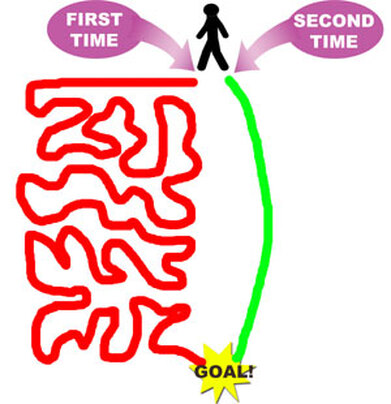
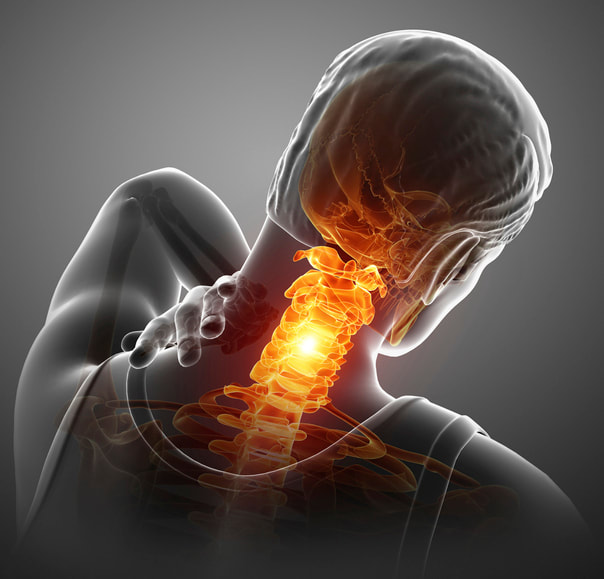
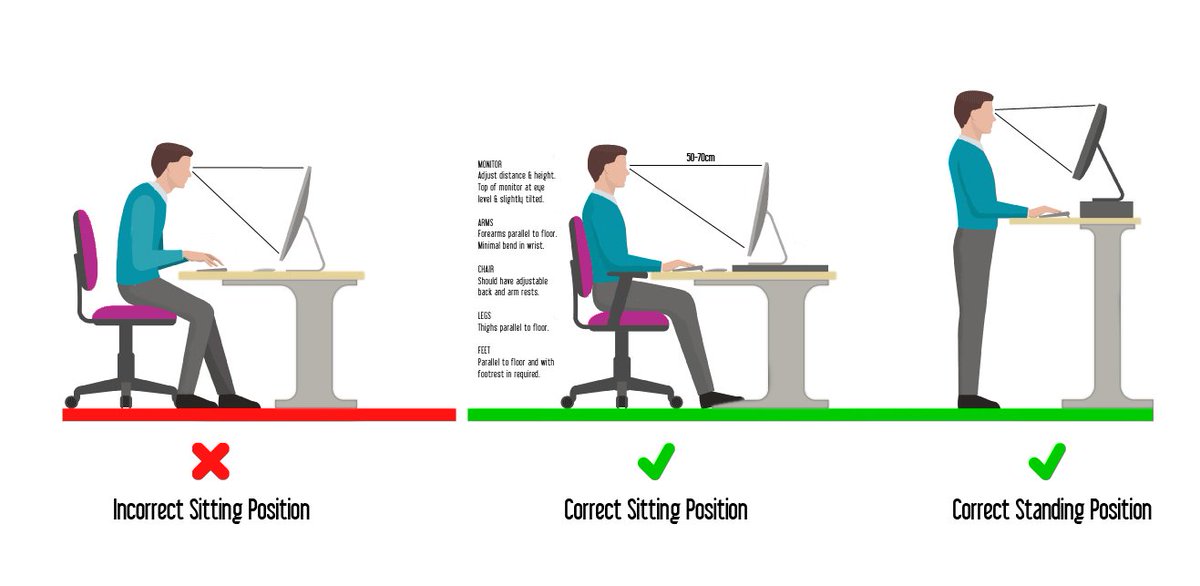
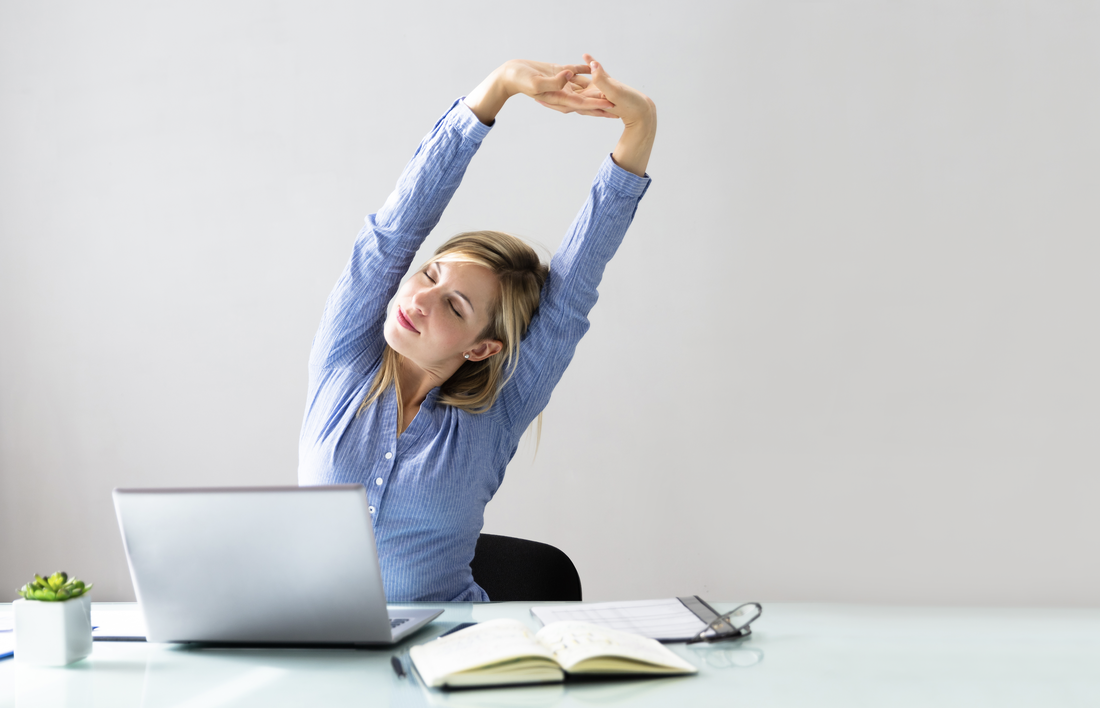
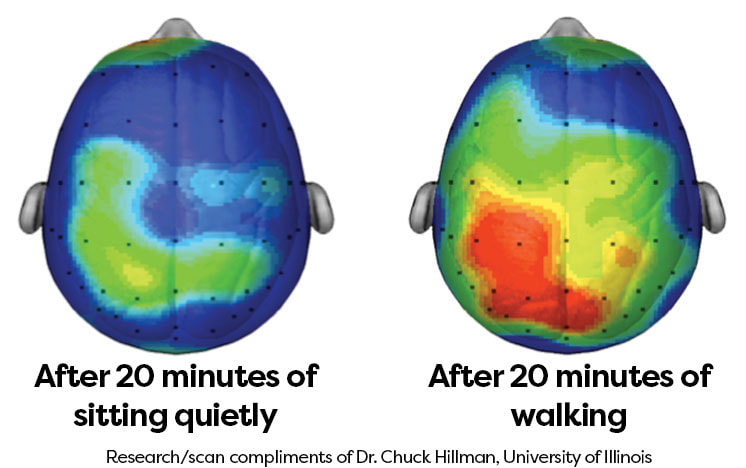
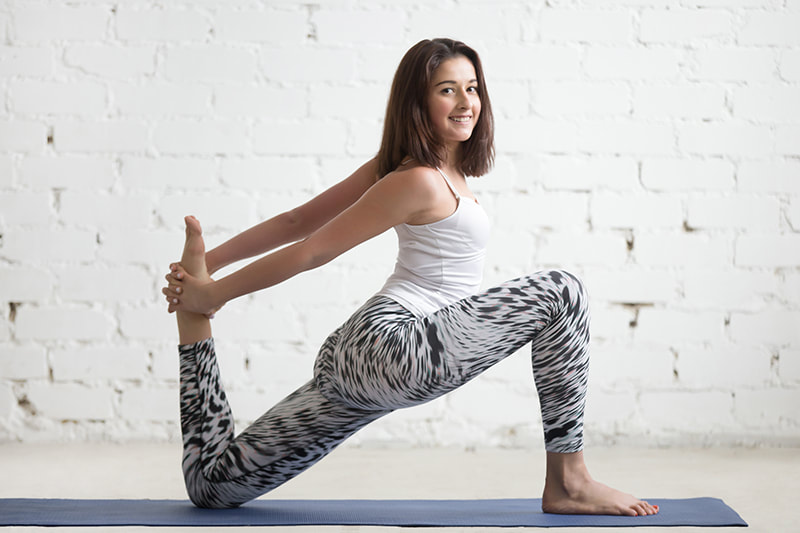
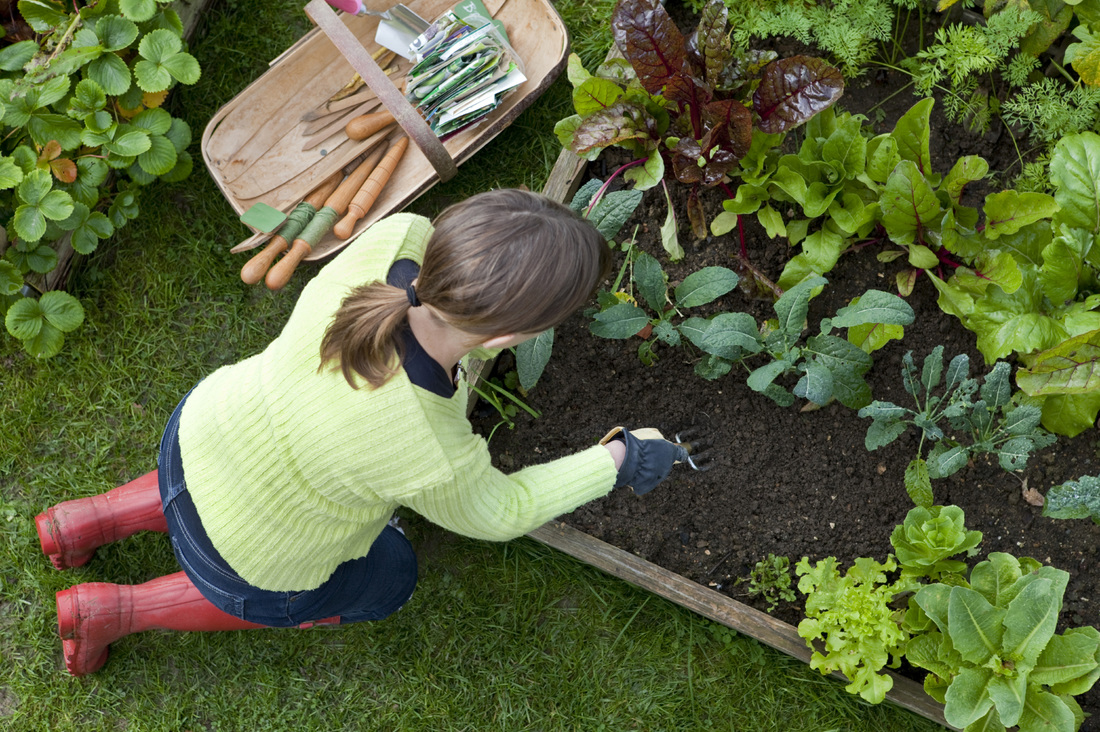

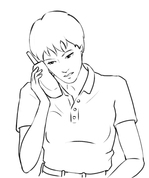
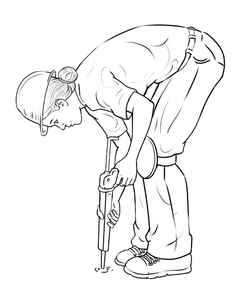
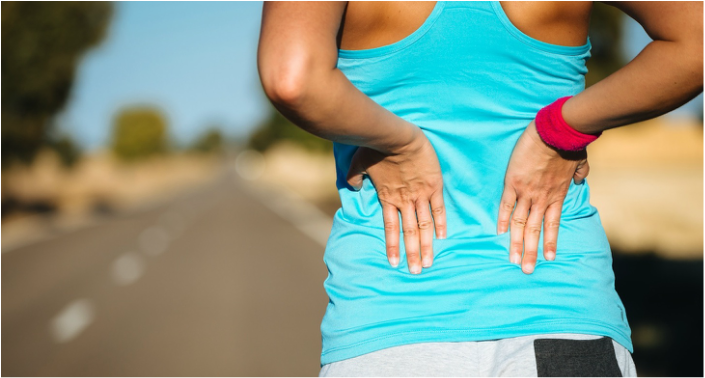
 RSS Feed
RSS Feed